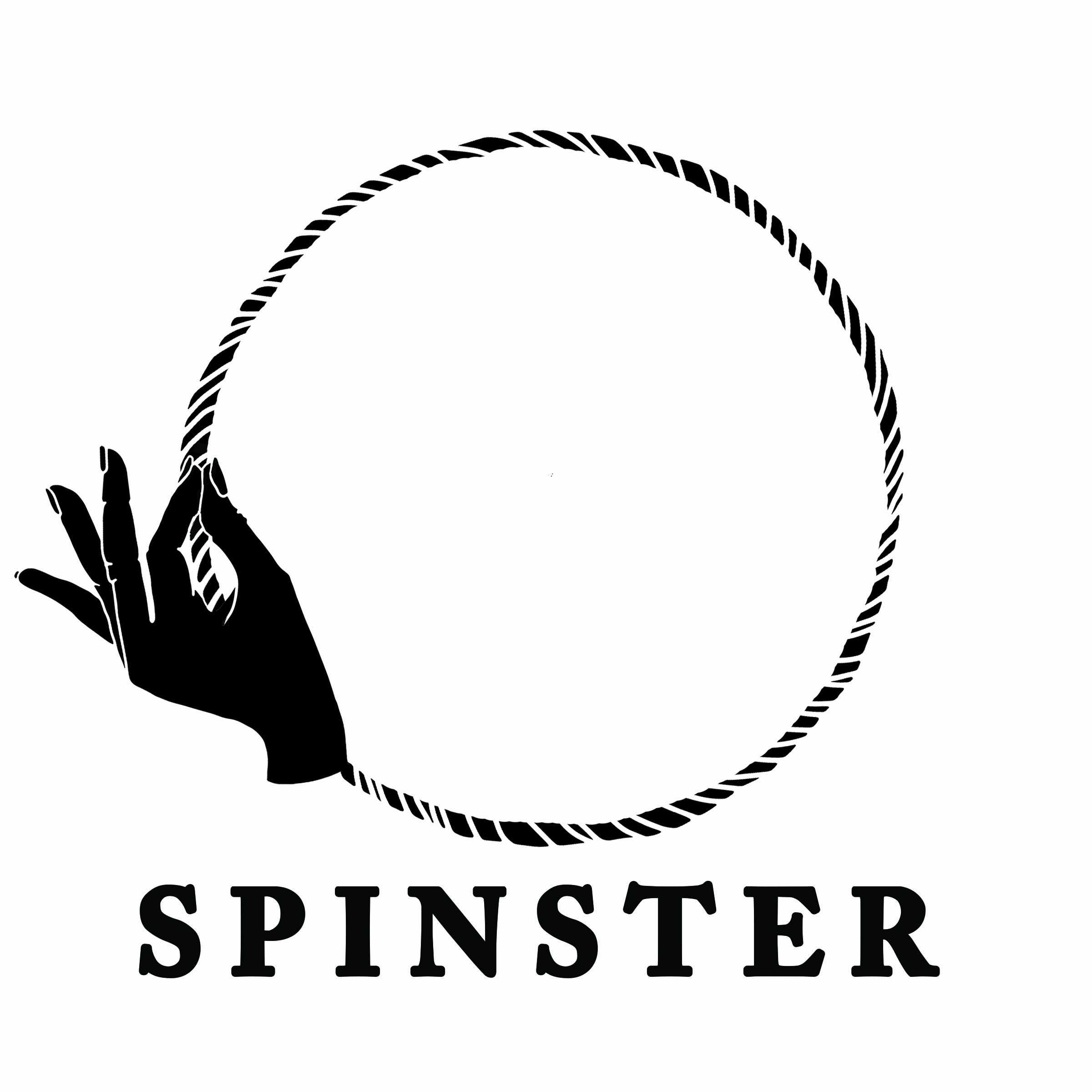amelia courthouse -
ruby glass
I’m listening to ruby glass at the end of a sunny fall day spent working on the house and in the garden. The sun is setting out the window and as I look through the bare branches of the apple tree I see a man in a red and blue track suit doing tai chi in the field next door. In a slow dance, perfectly synced, he’s moving in time to the music that only I can hear. He appears to be holding the universe in his slow orbit and I am aware of how what I am hearing completely supports this illusion. Graceful and full, with a patience for small details that unfold over time, the music breathes and lifts, splintering like sunlight through paned glass. It conjures, capturing light and space and releasing it back into the world as waves of sound. The music is absorbing and hypnotic, achieving a liturgical effect, holding me, the tree, the man and the fading sunlight for one brief transcendent moment. -Marisa Anderson
ruby glass Tracklist:
side A
no chimbo
ruby glass
hugh kenner
becker
side B
murphie 1
amelia courthouse’s ruby glass is available November 22, 2019, on professionally dubbed FerroMaster C456TM cassette tape in a limited edition of 250, and on digital platforms.
The “hymnambient” music of Leah Toth (Wooden Wand)—alter ego amelia courthouse—was seeded decades ago, when as a teenager she became the organist in her local southern Alabama church. “I remember being a little girl and thinking about, for the first time, melody and harmony. I stood beside my grandmother, who grew up during the Depression, singing these rough, beautiful Carter Family-style harmonies on hymns like “Just a Closer Walk with Thee” and “I Love to Tell the Story.” Just thinking about her voice all these years later gives me the best kind of chill bumps. When I was in high school she would come over and I would play her favorite hymns, and she would just sing and sing.”
These hymns left indelible impressions on Toth even as she encountered in her youth, The White Album, modal jazz, and other secular music, and embraced as an adult the music of artists like Florian Fricke, Julius Hemphill, and Herbie Hancock. She is inspired by fearless modern avant-garde trailblazers like Marisa Anderson and Matana Roberts, as well as Rennie Sparks’ playful, existential lyricism. It is these intersectional affinities that inform amelia courthouse’s melancholic waking daydream music. courthouse’s rich and personal music combines vintage keyboards, decrepit upright pianos, open-tuned electric guitars, field recordings, and effects to evoke melody and movement within a mist of gauzy textures.
“no chimbo” is a patiently unfolding miniature featuring liquid guitar swells over a repeated minor key motif that moves almost imperceptibly—the musical equivalent of a wilting rose. The dreamlike “ruby glass” fuses a faint melody with analog effects and a sample from Werner Herzog’s seminal Heart of Glass to soundtrack the glacial movement of weary travelers, using a dissonant ring modulator to suggest the hardships along the way.
“hugh kenner” features a determined, foreboding melody surrounded by ghostly emanations that fade in and out. One can almost picture doomed astronaut Poole from Kubrick’s 2001: A Space Odyssey spinning eternally toward the infinite as the funereal melody sends him off weightlessly into parts unknown. Strident and melancholic “becker” recalls Pita’s groundbreaking Get Out, aurally simulating a lysergic journey from earthy bucolia to a matrix of glitch and interference. Even working with such soft and plangent sounds, courthouse is an instinctual composer who builds dramatic tension by artfully resolving the piano’s melody only during the final third of the song.
At nearly eighteen minutes, “murphie 1” is the album’s centerpiece and hints at a potential path forward for courthouse. Slowly undulating guitar chords billow and float over field recordings of cavewater, like a cotton dress dancing on a clothesline, before harmonium and incantatory vocals gradually reveal themselves. This song in particular allows more than a peek into the methods of courthouse as a composer of longform, narrative works like William Basinski’s Disintegration Loops, Max Richter’s Sleep, or even The KLF’s Chill Out. The electric guitar simulates cycles of breath during sleep, while the surrounding tones suggest a resting mind’s weaving of dreams.
Here, courthouse’s academic background (she is an assistant professor in modern literature with a sound studies focus at St. Norbert College in Wisconsin), coupled with her background as a church organist, allows her to create a uniquely haunting wordless elegy. “murphie 1” combines the unreliable and often failing information signals of primitive technology like radios, gramophones, and the scrambled codes of CB radio with the unwittingly mournful music of the Protestant church, suggesting a kind of disconnect—noise—between memory, faith, and futurism.
While her academic work concerns the way modernist authors like Virginia Woolf and James Joyce wrote sound on the page, courthouse’s hymnambient music does the reverse: it retrieves, exhumes, and privileges the audible past to establish new narratives, bringing to life the hallowed sounds of antiquity.
Selected Press for ruby glass:
Aquarium Drunkard, “Bandcamping::Winter 2020,” by Tyler Wilcox
Bandcamp Daily, “Best Experimental Music on Bandcamp: November 2019,” by Marc Masters
Dusted, Review, by Jennifer Kelly
NPR Music, “Viking’s Choice: Tender Ambient, Blossom Punk, Fist-Pumping Shred,” by Lars Gotrich
Tome to the Weather Machine, “Top 50 of 2019,” by Ryan Hall



